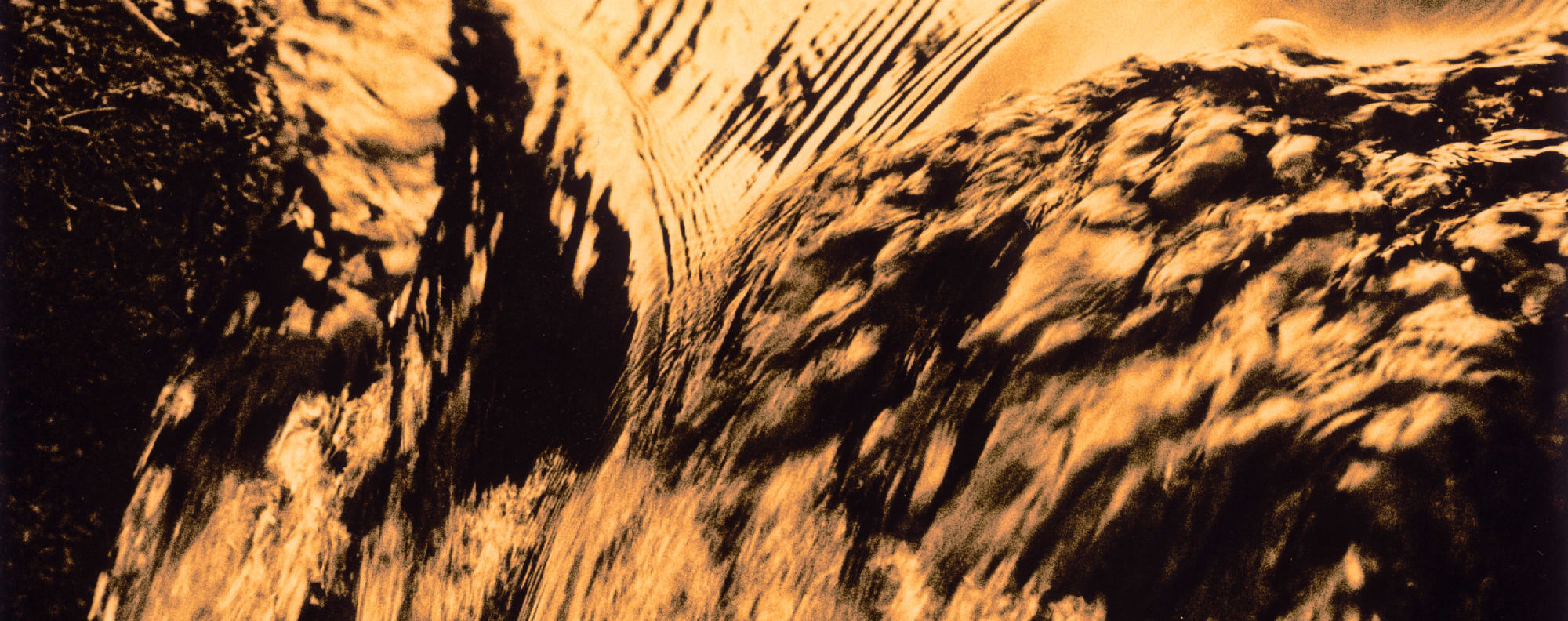Art and academia
There is no wonder that such a heavy emphasis is placed on art aspects of the medium in America. Most photography courses are located in the Art Departments of colleges and universities, where students are surrounded by the ideas, attitudes and stylistic pressures of painters, printmakers, sculptors, aestheticians, art-analysts, and all the approaches to a medium which arise from a fine-art philosophy. This is not a problem per se. It only becomes a problem when the student is led to believe, by default, that the art-approach is all that is available. Like behaviourism. As a psychological system it can tell us a great deal about human behaviour. It reaches the heights of absurdity when behaviourism purports to explain all human activities in terms of reductionism.
Thus, for example, and I quote:
An artist ‘paints to overcome a strict bowel training by free smearing.’
or:
Goethe’s struggle does not really aim for an ideal, for beauty, for values, but for the overcoming of an embarrassing problem of premature ejaculation.
or, to quote Desmond Morris in The Naked Ape:
When you… hang a painting on a wall (and presumably a photograph), you are in dog or wolf terms, …simply cocking your leg… and leaving your personal mark there.
Such ’nothing but’ attitudes invariably lead to such banalities. And this is a very real problem in American photographic education. When photography is looked at, discussed, made and shown in an art-only context, simplistic silliness is inevitable. Let us get one point very dear. I have no objection to photography being employed as a fine-art medium. I do object to the limits or parameters of the photographic medium being defined by art notions alone. If the spectrum of photography is as long and as broad as this room, the art of photography occupies a space as small as this chair. Yet students are encouraged to believe that this small area defines the medium. More devastating, they are led to believe that other areas of photography, such as photojournalism, portraiture, landscape, and other professional pursuits, are less valid, important, serious or significant. Again, I would emphasise that this- attitude is implied by neglect of non-art aspects of the medium rather than by any open antagonism. It is useless to point out that most of the masters of art photography which the students revere (Brandt, Atget, Evans and many others) were primarily professional photographers.
The implications of this attitude will be touched on a little later. But the most important result of this photo-myopia is that art-photography in academia is incestuous, leading to a promotion of people known rather than work admired. In fact, I have heard one of the leaders of contemporary art photography in America proclaim that there are no standards in photography, that quality of work is not a valid criterion of photographic merit. For many years this individual was responsible for purchasing contemporary photographs for a major museum. The idea that standards have no meaning in such context is mind-boggling. In fact, i saw a demonstration J of this process in action not long ago. s We were viewing 20 slides by each of i 150 art photographers. At least a dozen sets of the slides depicted close-ups of bushes photographed by flash at night in colour (a big stylistic trend at the • moment). Suddenly this eminent curator remarked: ‘Those are great!’ I was very puzzled. They looked, boringly, like all the others. I said, ‘How can you single out this photographer’s work. If you shuffled it with the work of the other twelve, I defy you to tell the difference.’ That may be true,’ he said, ‘but I know this photographer.’ He made this, to me, astonishing remark without any awkwardness. Personality is more important than quality. That is the inescapable conclusion. Once this fact has exploded in the mind, it clarifies a great deal in American photography that once seemed arbitrary, capricious and downright ridiculous. It explains a good deal about who receives exhibitions, grants and fellowships, teaching positions, and therefore who is ‘successful’ in the photographic art community.
The isolation of academia from the rest of the photographic world has another curious, and ironic, result. One of the ideals of art photography is, of course, to assert individuality. Individuality is achieved by being different. Therefore if the prevailing stylistic devices are multi-media mixes, manipulations of processes and hand gestures in combination with photographic tonality, the straight print is unusual. Hence the strange situation where a documentary photographer can be hailed as a significant artist, quite irrespective of merit. In some cases, like Robert Adams, the choice is apt — even though art critics insist on describing his work in terms of incomprehensible, aesthetic gibberish. Adams himself claims to be a documentary photographer. In other cases, the choice is absurd; once the work is compared to straight photography in other areas of the medium (scientific, architectural, etc) the poverty of ideas and the crassness of execution is vividly highlighted. Again, the evident answer is a plurality of approach to education rather than an emphasis on art photography as if it was a special and superior area of endeavour.
